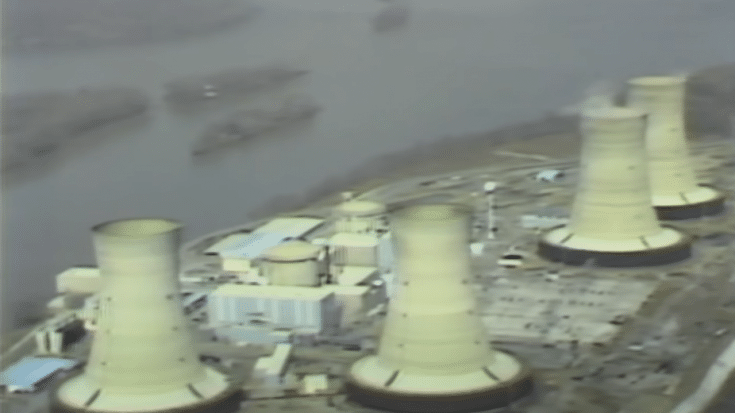10 Deadliest Catastrophes of 1970s

via CBS News / YouTube
From turbulent tornadoes to oil spills, the 1970s were a historic decade for disasters, each invoking a profound impact on the society and environment. Here is a closer look at ten of the most deadly and impactful calamities that marked the ’70s.
1970 Lubbock Tornado
In May 1970, a powerful tornado tore through Lubbock, Texas. The tornado caused a great deal of damage and resulted in the tragic loss of many lives. Many buildings were damaged or utterly ruined, with the town left to pick up the pieces.
Residents of Lubbock were left shocked by the intensity of the tornado. Their town was changed forever by this disaster, and many of them remember it vividly to this day.
1972 Hurricane Agnes
June of 1972 would be a month filled with sorrow and destruction in Pennsylvania and New York as Hurricane Agnes hit the northeastern United States. The storm caused floods which wrecked many houses and commercial buildings.
The extensive damage caused by Agnes was a threshold event for the northeast. It led to changes in disaster planning and response in the face of such powerful storms.
1974 Super Outbreak
In April 1974, a series of vicious tornadoes struck 13 U.S. states and one province in Canada. The tornadoes took over 300 lives, injured thousands and left a trail of destruction in their wake. The tragedy ranks as one the largest of its kind in recorded history.
The agony felt after the Super Outbreak led to valuable lessons. These lessons were in weather forecasting and emergency disaster response, two areas that saw significant improvements after the event.
1977 Toccoa Flood
November 1977 brought a terrible flood to the state of Georgia. The Kelly Barnes Dam broke down, leading to a deadly surge of water. Buildings, roads, and bridges were seriously damaged.
The disaster led to changes in the way dams are managed and monitored for safety. The tragedy was a stark reminder of the death and destruction that can occur when essential infrastructure fails.
1978 Blizzard of ’78
In 1978, a deadly blizzard struck the New England region and the Great Lakes. It caused extensive damage and left a lasting mark on the region. Many lost their lives in the freezing temperatures, while property was destroyed by the heavy snow.
Extreme events like the Blizzard of ’78 often serve as harsh lessons for society. In this instance, it led to improvements in weather predictions, among other things.
1978 Love Canal
From 1943 to 1952, the Hooker Chemical Company dumped toxic waste into the Love Canal near Niagara Falls, New York. By the 1970s, the results were dire; people who lived nearby began suffering health issues, including birth defects and cancer.
In response to this massive public health crisis, the government intervened. Changes were made in how hazardous waste sites are managed, leading to significant improvements in public health and safety.
1979 Wichita Falls Tornado
Another big tornado hit the U.S. in April 1979, causing extensive damage in Wichita Falls, Texas. It was one of the costliest tornadoes in U.S. history, both in terms of the loss of life and the physical destruction it left behind.
The events of this day remain etched in the memories of those who survived. The widespread destruction led to numerous changes in local disaster response programs.
1978 Amoco Cadiz Oil Spill
In 1978, the oil tanker Amoco Cadiz spilled its cargo off the coast of Brittany, France. The spill led to widespread ecological damage and was one of the largest oil spills in history.
The environmental devastation triggered a global concern about the ecological impact of oil spills, sparking reforms to shipping regulations to avoid future incidents.
1979 Three Mile Island Incident
On March 28, 1979, disaster struck a nuclear reactor near Middletown, Pennsylvania. A partial meltdown ensued, leading to the release of radioactive material into the environment.
This was a shock for everyone involved and had a significant impact on the public’s perception of nuclear power. The disaster caused a resurgence of opposition to nuclear power and led to improved safety measures for nuclear facilities.
1979 Mississippi River Flood
In 1979, heavy rain led to the Mississippi River overflowing its banks. The consequent flood caused vast destruction along the river.
The flood was a stark reminder of the destructive power of nature. Many homes, livelihoods, and even lives were lost. Since then, flood control measures have improved, but the memory of this disaster lives on.


























